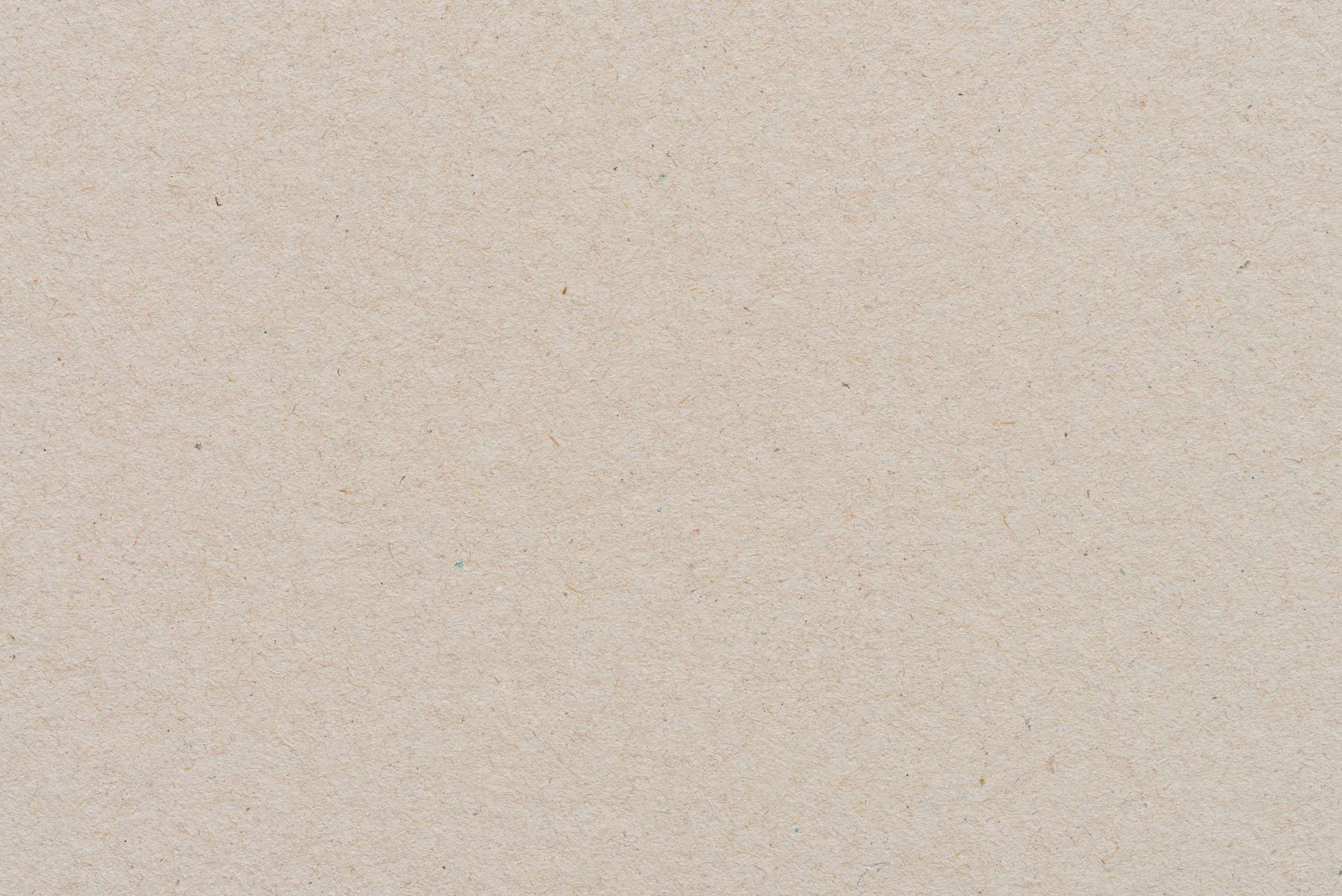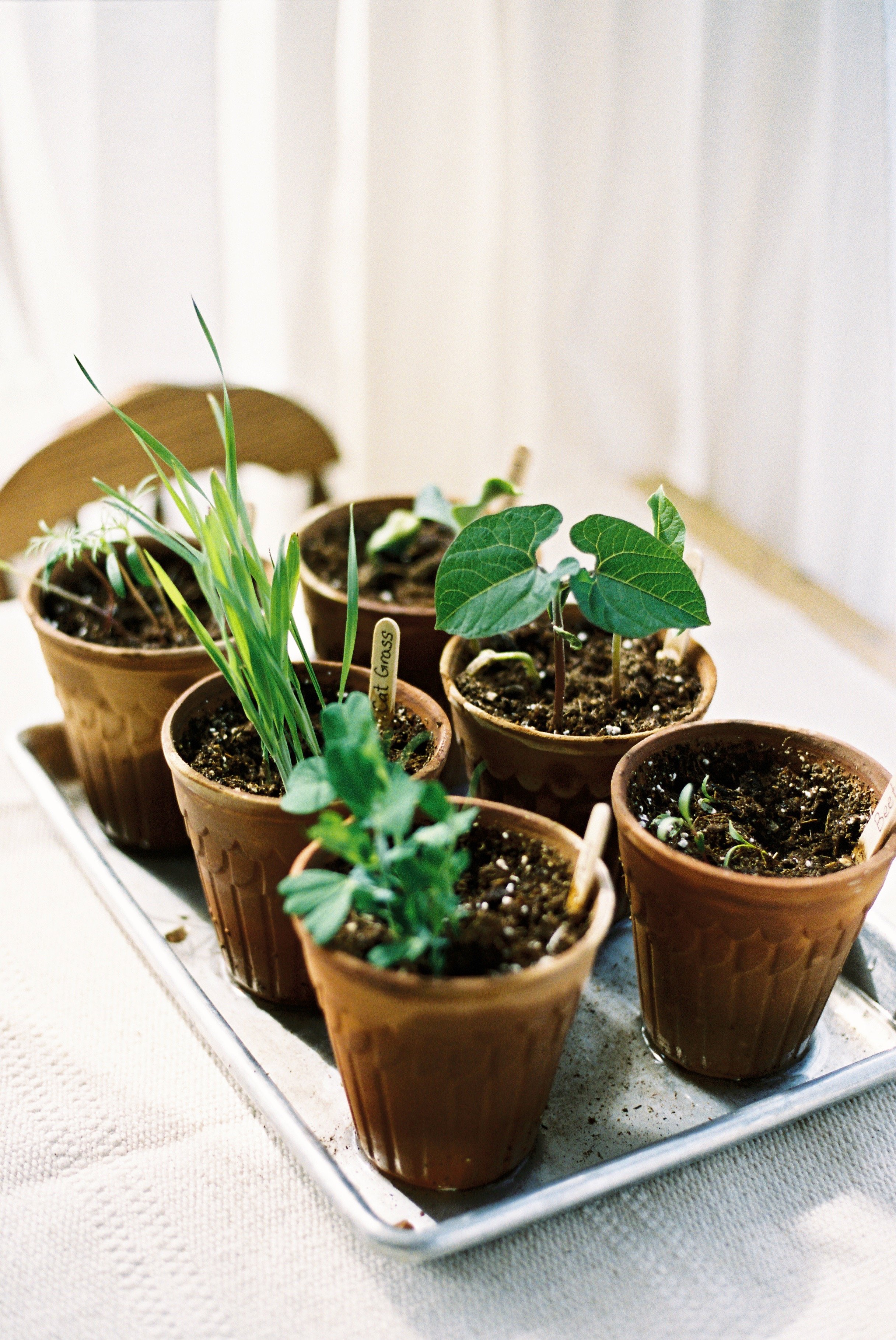
What Do Leaves Do?
LESSON 4
Children conduct an experiment to investigate how leaves help plants, and then leaves to their artwork.
The book “Living Sunlight: How Plants Bring the Earth to Life” by Molly Bang
Glass bowl
Fresh cut leaves
Water
A small-medium sized rock
Artwork from the previous lesson
Scrap paper, tissue paper, or construction paper to make leaves.
Scissors
Glue
Materials
Right before the lesson, cut a few leaves. This is also something you could do with your child after beginning the lesson.
Fill the bowl with lukewarm water and set it aside.
Preparations
Encourage the practice of observation as children check in on their seed jars.
Support new vocabulary be discussing and modeling the use of any unfamiliar words.
Encourage creativity as children add to their plant artwork.
Provide children with the opportunity to deepen scientific thinking as they observe and interact with the experiment.
Objectives for Teachers
Objectives for Children
Deepen their vocabulary as they
learn new words like photosynthesis.
Develop literacy skills by observing and discussing the story.
Practice patience as they wait for the leaf to photosynthesize.
Express creativity as they add to their artwork.

Collect and Connect
Practice saying the poem “Dig a Little Hole,” together with the actions you came up with.
Dig a Little Hole
Dig a little hole,
Plant a little seed.
Pour a little water,
Pull a little weed.
Chase a little bug,
Heigh-ho, there he goes!
Give a little sunshine,
Grow a little rose.

Activity Flow
Begin the lesson by checking in on the seeds you planted on day one. Observe and discuss any changes you see. Look for roots or a stem sprouting. Then, ask your child if they remember what they learned from the previous lesson about how roots help the plant to grow.
Tell your child that today you will be exploring another part of plants. Ask them if they know what leaves are and what they know about them. After they share what they know, tell them that they will be doing an experiment to learn how leaves help plants grow.
Fill a bowl with water and place the freshly cut leaf inside the water so that it is fully submerged. If needed, place a rock on the leaf to keep it from floating to the top.
Put the bowl in a sunny spot with direct sunlight.
Wait about 10 minutes and then check in on your leaf to observe any changes. You will start to notice little bubbles forming on the outside of the leaf. You can continue to check in on your leaf over the next few hours to observe the bubbles of air form on the outside of the leaf.
While observing the bubbles on the leaf, encourage your child to think about how bubbles form. Think of a time you blew bubbles from a bubble wand or even in the bathtub or swimming pool. Bubbles need air to form. Where does that air come from when blow bubbles? Just like we breathe air to create bubbles, a leaf also breathes.
Leaf Experiment
3. After the experiment, introduce the story “Living Sunlight: How Plants Bring the Earth to Life” by Molly Bang. Tell your child that this book will help us better understand why leaves are so important for helping plants grow, and how they breathe for the plant. It will also talk about the importance of sunlight, and why sunlight is so important, not only for plants but for humans and animals too.
4. After the story, discuss how leaves breathe for the plant and why the sun is so important.
5. Conclude the lesson by creating paper leaves to add to their picture.



